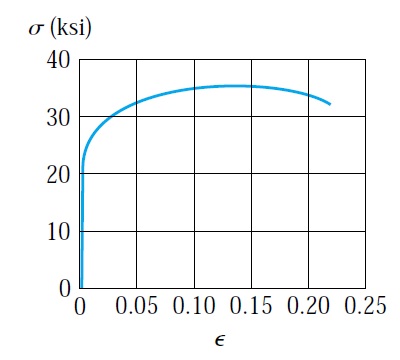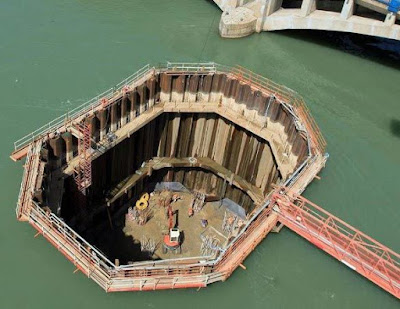The reasons behind the trimming of pile head
In general, the bored piles are casted to a level higher than the required pile cut-off level. Pile cut-off level is usually similar or a little bit higher than the blinding level of a pile cap. the process of constructing a cast-in-situ pile involves the following steps:
- installation of the temporary casing to prevent the soil collapse during the drilling process and to guide the drilling rig.
- Drilling the pile to the required level and diameter.
- Installation of a reinforcement cage. Reinforcement cage vertical bars will be extended above the pile cut-off level to improve the bonding with the pile cap.
- The casting of concrete usually done with a tremie pipe. Tremie pipe will be lowered to the bottom of the pile, and then the concrete will be poured.
- Once the casting is completed, the temporary casing will be removed.
It is a common practice to cast the concrete above the cut-off level. the concrete casted then removed for the following reasons:
- during the casting process, the sediments, impurities, and laitance will immigrate from the bottom of the pile to the top. If we stop the concrete at the pile cut-off level. These impurities will form a weak layer of concrete, which results in reducing pile bearing resistance. Therefore, concrete is casted above the cut-off level, then this weak layer will be trimmed and removed.
- In actual site practice, the details of construction sequence and access arrangements have a potential impact on the possibility of constructing piles to the correct level without the need for cropping.
Figure 1
Figure 2















Comments
Post a Comment